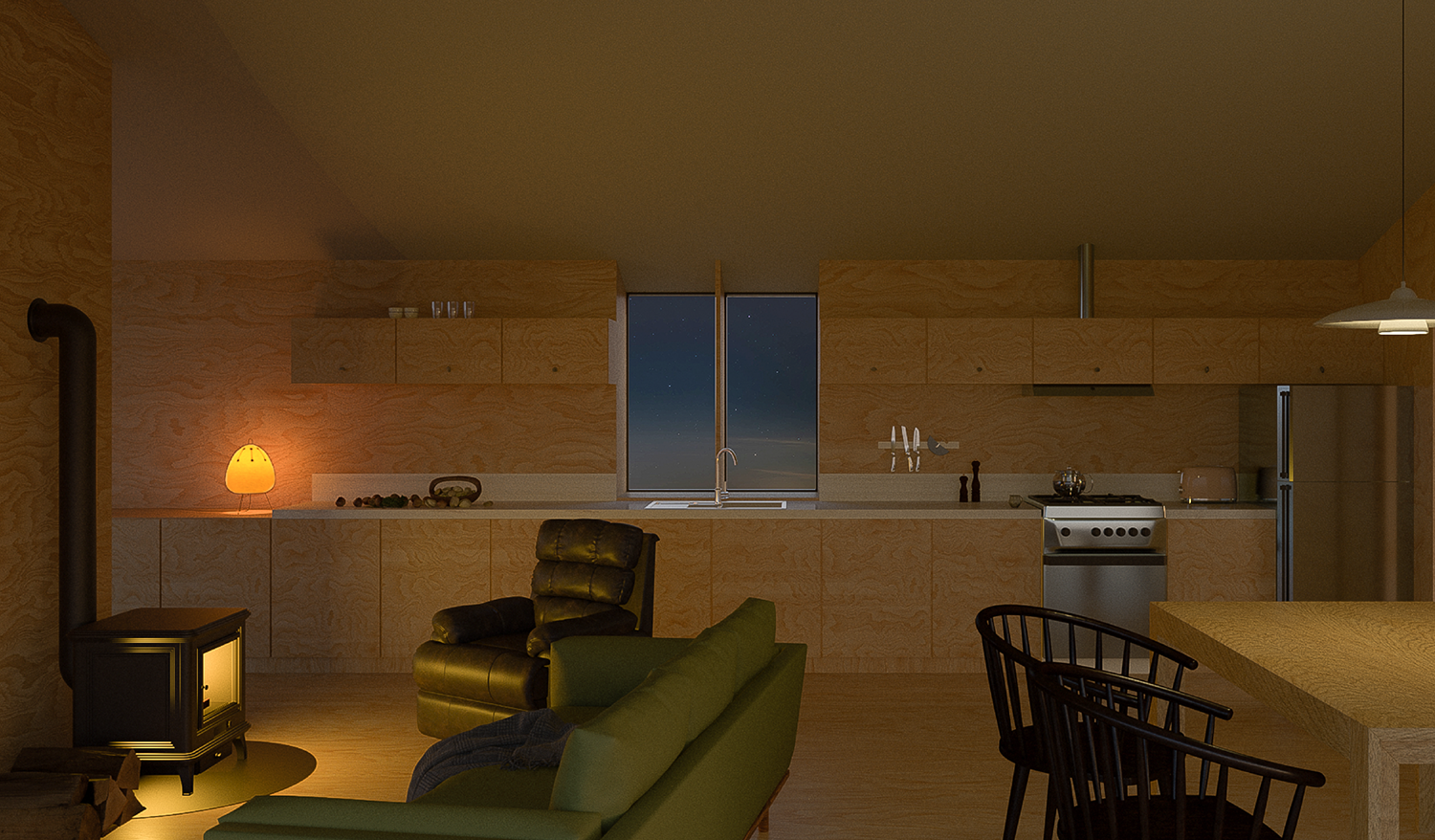


Accelerated climate change is having devastating impacts within the arctic circle. Along the northern Canadian coast, permafrost thaw is threatening Inuvialiut culture and life by compromising infrastructure and accelerating rates of erosion.
This speculative research project proposes a set of guiding principles and ideas for the development of climate-resilient Inuvialiut housing in Tuktoyaktuk, Northwest Territories. The aim is to empower the local community through residential design that responds to a northern way of life, providing both financial stability and comfort in the face of an environmental crisis. Prior to 1950, the Inuvialiut were a semi-nomadic people whose life on the land was tied to seasonal change. They built winter snow houses, quarmaqs during transitional months, and tent settlements throughout summer. As permanent settlement became an integral piece of the federal strategy, government actions brought wildly inadequate euro-Canadian models of housing and domesticity to the North. As a result, there exists a significant gap of northern vernacular design throughout history. In some ways, the mobility of these new homes echoes the primary characteristic of traditional Inuk architecture— adaptability. Today, the community of Tuk does not wish to relocate, but it is prepared to adapt.